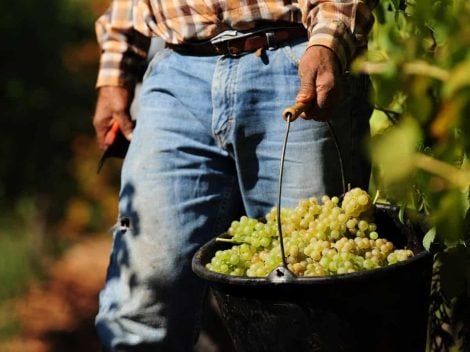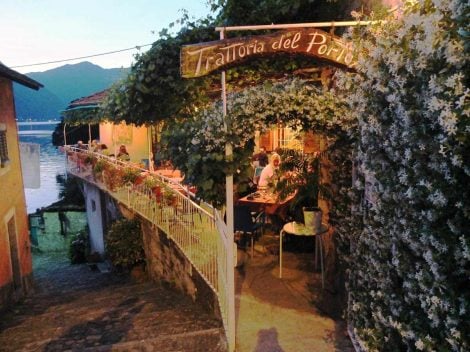Vinegar, a traditional ingredient
Among the five fundamental flavours––bitter, sour, sweet, salty, umami––whose play creates infinite gustatory combinations, sour is perhaps the most appreciated in contemporary cuisine for its ability to enhance taste sensations, smooth cloying tones, lending depth to dishes, stimulating the palate with well-modulated lashings. Chefs seek it through strong fermentations, rare berries, meticulously foraged wild herbs, exotic citrus fruits and a repertoire of other products. On the other hand it happens less frequently that chefs choose to use the par excellence acid element as an ingredient tout court: vinegar!
The origins of vinegar
Its origins are lost in the mists of time, inextricably linked to those of wine or, more precisely, to the fermentation of fruit or mead, as it historically happened in Mesopotamia or in Egypt. Here, as shown by finds in Egyptian tombs, it was used as payment for embalmers. In ancient Rome vinegar was the basis for posca, a thirst-quenching and invigorating mixture of water and vinegar enjoyed by gladiators, legionaries and farmers. In the Middle Ages the "remedy of the four thieves"––or Marseille vinegar, infused with medicinal herbs such as sage, lavender, rosemary and thyme in various types of vinegar––was considered capable of protecting against the plague, and still today in France it's marketed as a mild broad-spectrum remedy.
Vinegar: classic but little considered ingredient
Essential (and classic) complement to extra virgin olive oil in salad dressing––giving origin to vinaigrette, from the French term that takes its origins from vin aigre, sour wine––vinegar is a fundamental ingredient (but often hidden) for many home preparations, or in familiar menu items, such as bearnaise sauce or the typical Piedmontese bagnet, pickled giardiniera, deglazed fonds, gastrique, marinades, cacciatora. Often, however, it's also one of the products purchased most absent mindedly, putting random bottles in the shopping cart without paying too much attention to the label, perhaps used also for polishing the stove hubs. For special occasions––or simply for some slightly more elaborate or satisfying dishes––we break open the bottle of traditional balsamic vinegar (which we omit here, given that it already gets much more attention than its more“simple brother”, except for a brief clarification study.
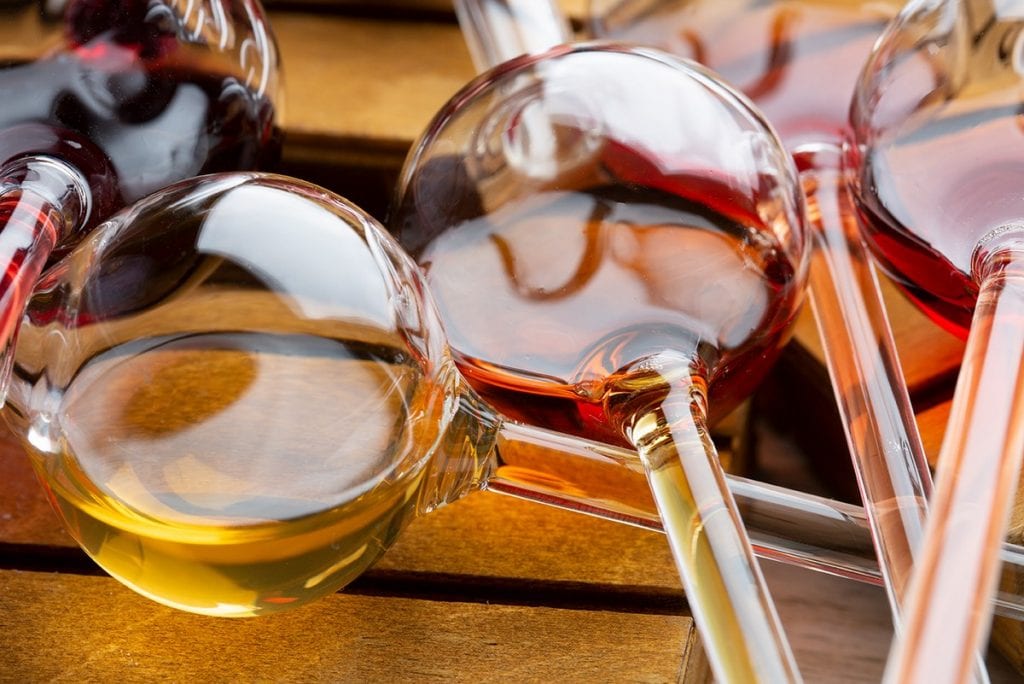
How to make vinegar
So let's try to understand what is behind a "great" vinegar - or rather, behind the many types that can be made - by interviewing those who put quality at the core of their production: the "Acid Friends". We are talking about a group of producers and friends (of vinegar but also of wine, spirits, honey: Andrea Bezzecchi, Andrea Paternoster, Mario Pojer, Joško e Mitja Sirk e Andreas Widmann) who, in addition to making excellent vinegars, have decided to commit to creating culture around this product, complete with its own Manifesto, debunking some false myths to promote conscious and virtuous use, both at home and at the restaurant.
«Of the three existing methods for making vinegar––explains Andrea Bezzecchi, founder of the Acetaia San Giacomo in Novellara and President of the Consortium for the protection of Traditional Balsamic Vinegar of Reggio Emilia Dop––what we are interested in is what we we define as primitive method, that is very slow static superficial acetification».
Vinegar production
In the other two methods, which aim to drastically shorten production times (see sidebar), heat determines the loss of volatile components (therefore of aromas and scents) of wine, the raw material most frequently used in Italy. On the other hand, faster processing and the use of poor quality raw materials cause aceto-bacteria to be "doped-up" in some way with the addition of nutrients like glucose, yeast, vitamins, minerals to maintain their performance, to stay on a sports metaphor. In addition, the product is usually diluted with water both at the beginning of the process (to lower the alcohol content of the wine, thus favouring the work of bacteria) and at the end, to avoid having a product that is too acidic. The final content of a bottle is usually between 20% and 40% water which doesn't have to mandatorily need to be reported on the label.
There may also be an alcoholic residue of 1.5% vol. for commercial vinegars and up to 4% vol. for those made with static surface method. An exemption––established by the Consolidated Law on the organic regulation of the cultivation of vines and the production and trade of wine in 2016––which somehow sanctions the difference (implicitly also a qualitative difference) between "artisan" vinegars (ie those "obtained by static fermentation and maturation in wooden containers, or even of a different material only for white vinegars, with a capacity not exceeding 10 hectoliters for no less than six months") and the so-called common vinegars. In Italy, thanks to the regulations in force, we are still fine given that for the production of vinegar it's still necessary to start from alcoholic fermentation of an agricultural raw material. In the United States, on the other hand, says Turkell in his book, industrial producers can use synthetic ethanol, extracted from wood or oil, as a base. Stuff that to think of it makes you lose your appetite.
by Luciana Squadrilli

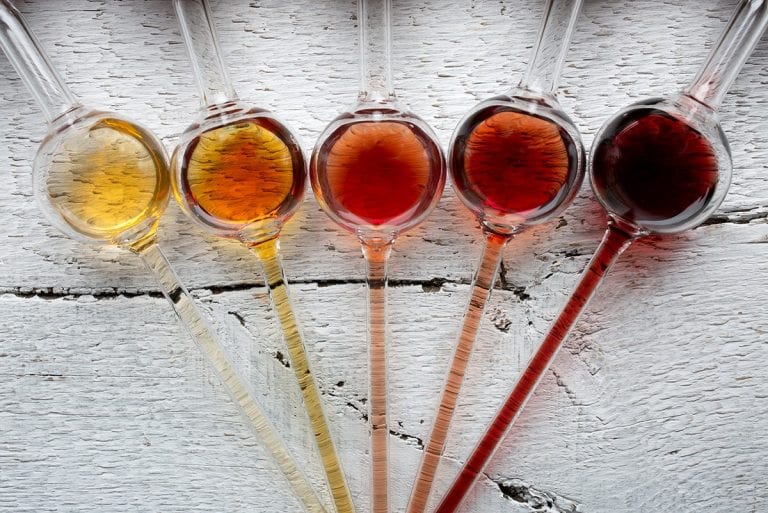
 Diego Rossi of Trippa opens a new osteria: what you can eat at Nino Osteria con Cucina in Milan
Diego Rossi of Trippa opens a new osteria: what you can eat at Nino Osteria con Cucina in Milan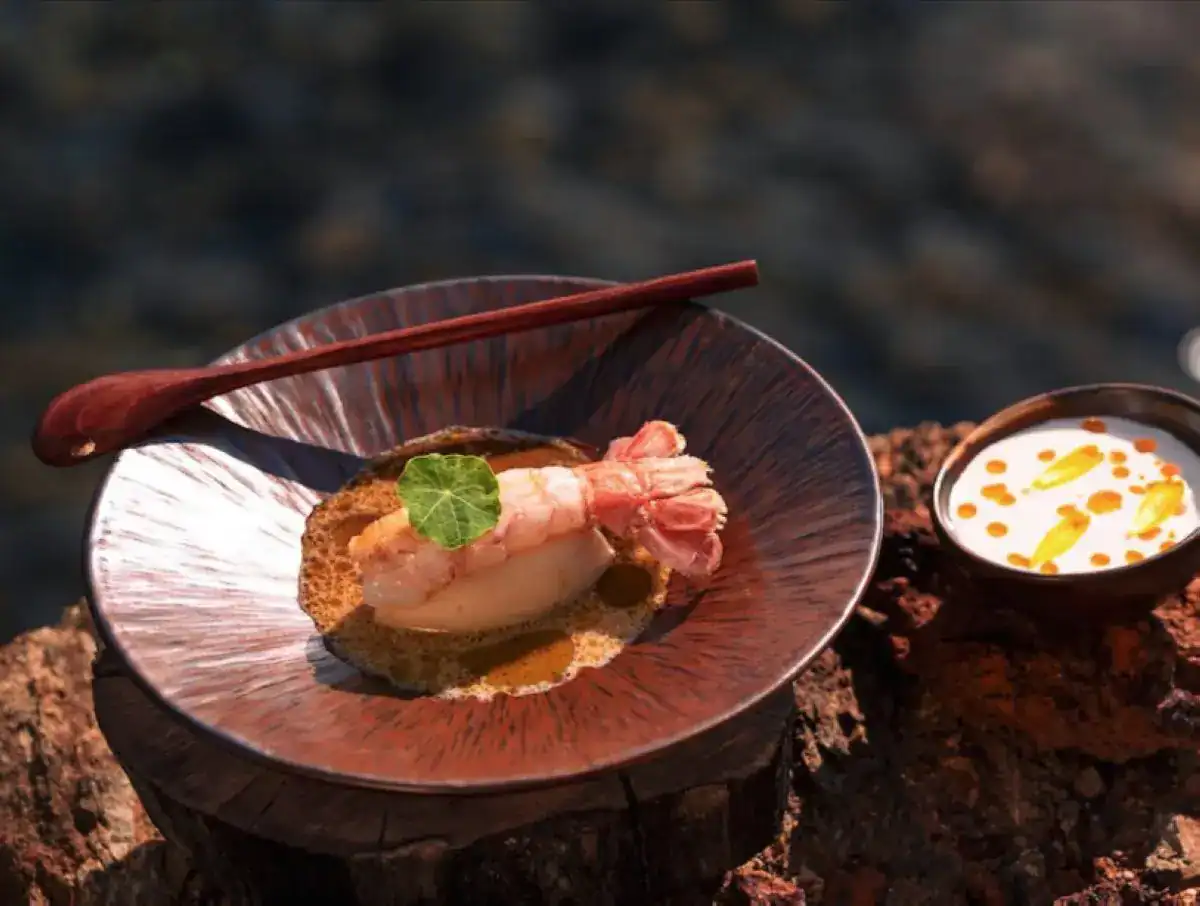 How you eat at Sentiero, the restaurant Elba Island was missing
How you eat at Sentiero, the restaurant Elba Island was missing Eating by the sea in Tuscany. The best beachfront restaurants selected by Gambero Rosso
Eating by the sea in Tuscany. The best beachfront restaurants selected by Gambero Rosso Contemporary cuisine, farmhouses and pinewoods. The hidden restaurant in the nature park near Como
Contemporary cuisine, farmhouses and pinewoods. The hidden restaurant in the nature park near Como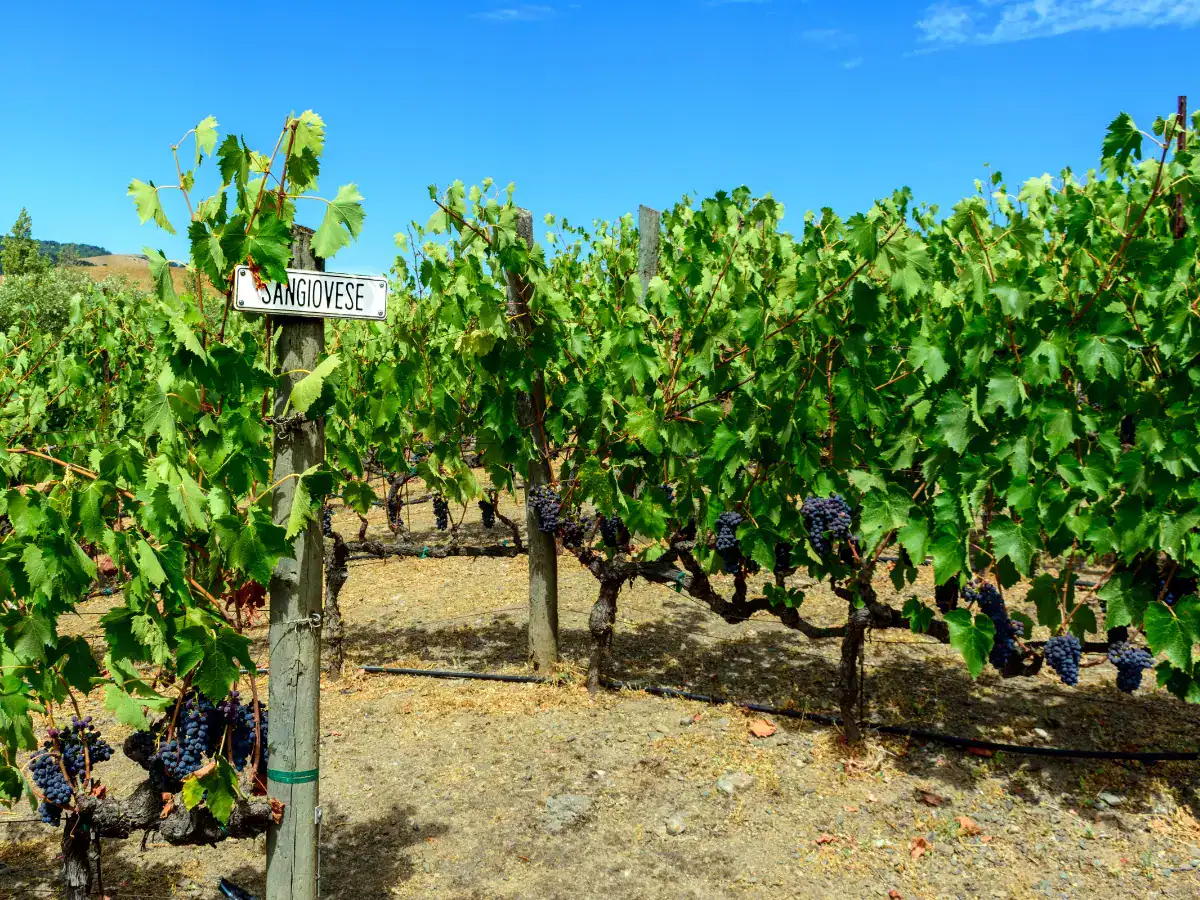 California rediscovers Sangiovese. A brief history of the revival of a forgotten grape variety in the United States
California rediscovers Sangiovese. A brief history of the revival of a forgotten grape variety in the United States


